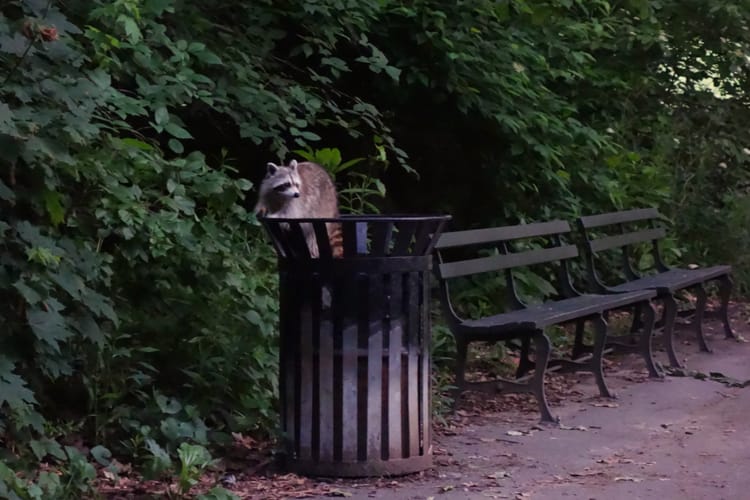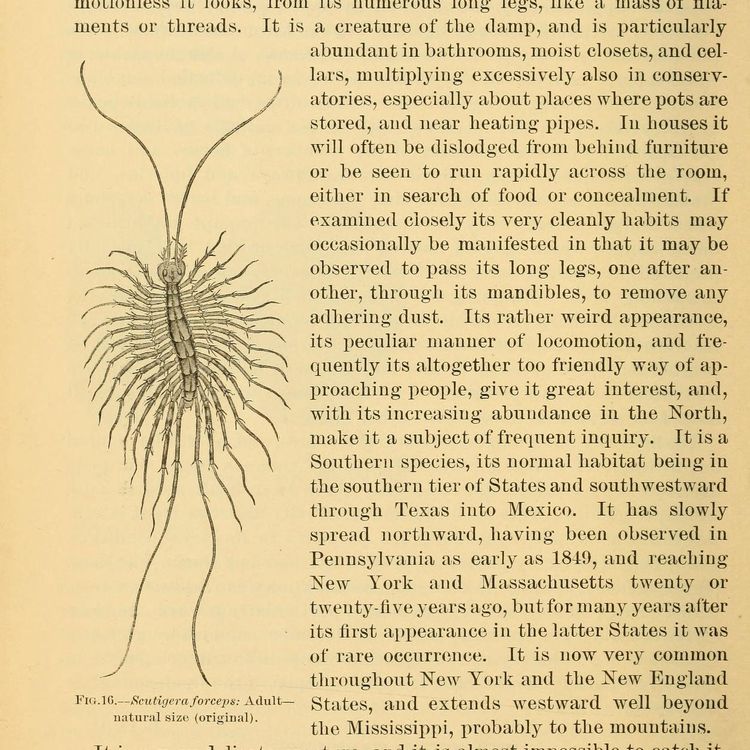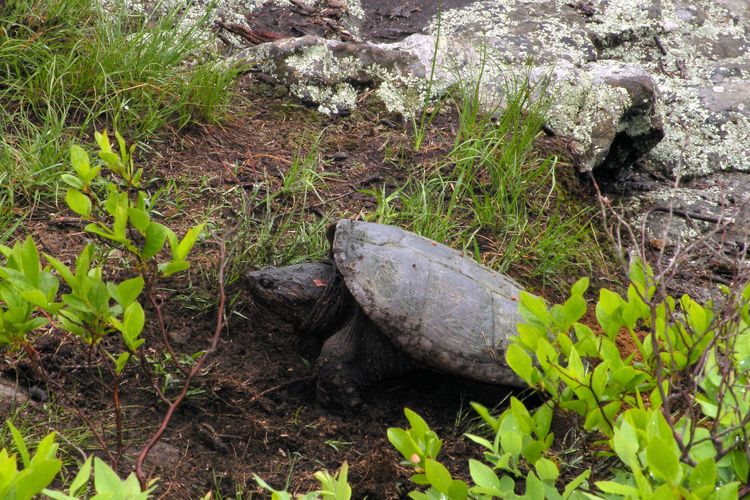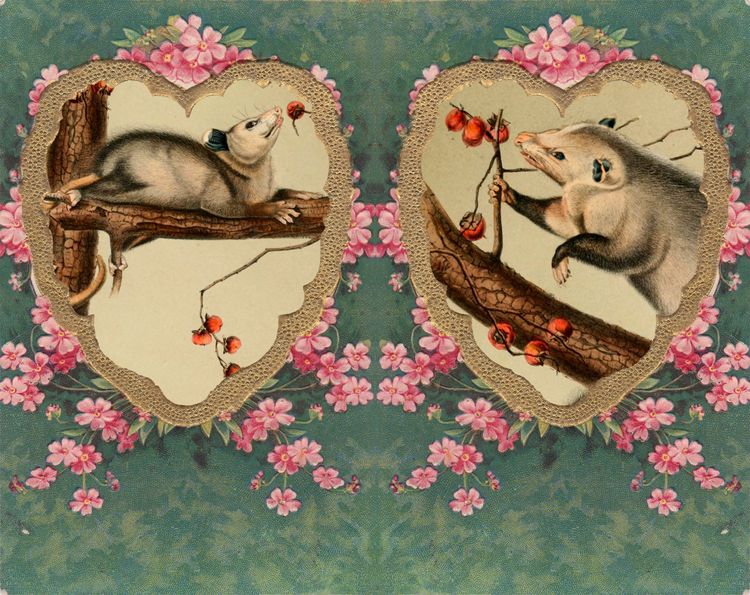Yip-Howls Pierce the Night
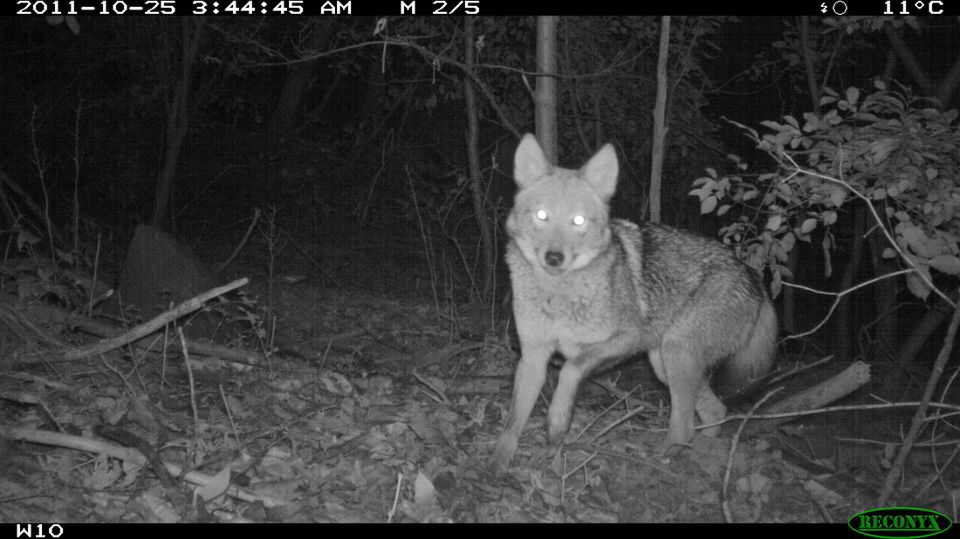
An autumnal breeze wafts over the Bronx’s links, puffing past short putts, carrying an occasional shout of “fore” around the dogleg on the 5th, and shuffling the careful coifs of a foursome of orthodontists enjoying a midday round. On the fringes of the course, another group awaits their turn to play through...
Once the day’s last scorecard has been added up and night falls, a pair of young coyote siblings will trot across the fairway. They throw back their muzzles and shout their stabbing yip-howls into the darkness. For the next few weeks they, and coyotes across the city, will be particularly vocal—adults are keeping track of their now-wandering youngsters and warning off interlopers.
But can it only be two coyotes you hear? The string of canid glissandos, barks, yaps, yips, whines, growls, and howls gives the impression that the green is ringed by a pack of considerable size. But this is merely an illusion, known as the beau geste effect. (In the 1939 adventure film of the same name, soldiers from the French Foreign Legion arm corpses and prop them on a fort’s ramparts, creating the false impression of greater numbers.) The coyotes are playing a trick on your ears, weaving an auditory deception of multitudes.
These young ‘song dogs’ were born in April or May and will remain in their parents’ territory for about nine months. In the winter, they will leave the home they have known since puphood, avoiding humans and striding down strips of power line right-of-ways and railroad tracks to find a territory of their own.
Tonight, though, they roam the Bronx. Perhaps they will leave a pile of racoon-fur-matted scat for tomorrow’s golfers to skirt. Keep an ear out for their echoing cries—they have now been seen in all boroughs except Staten Island—and when you next find yourself alone on a dark street, bark out your own yip-howl. Friends will recognize you are close and potential foes will know to let you stalk the night in solitude.
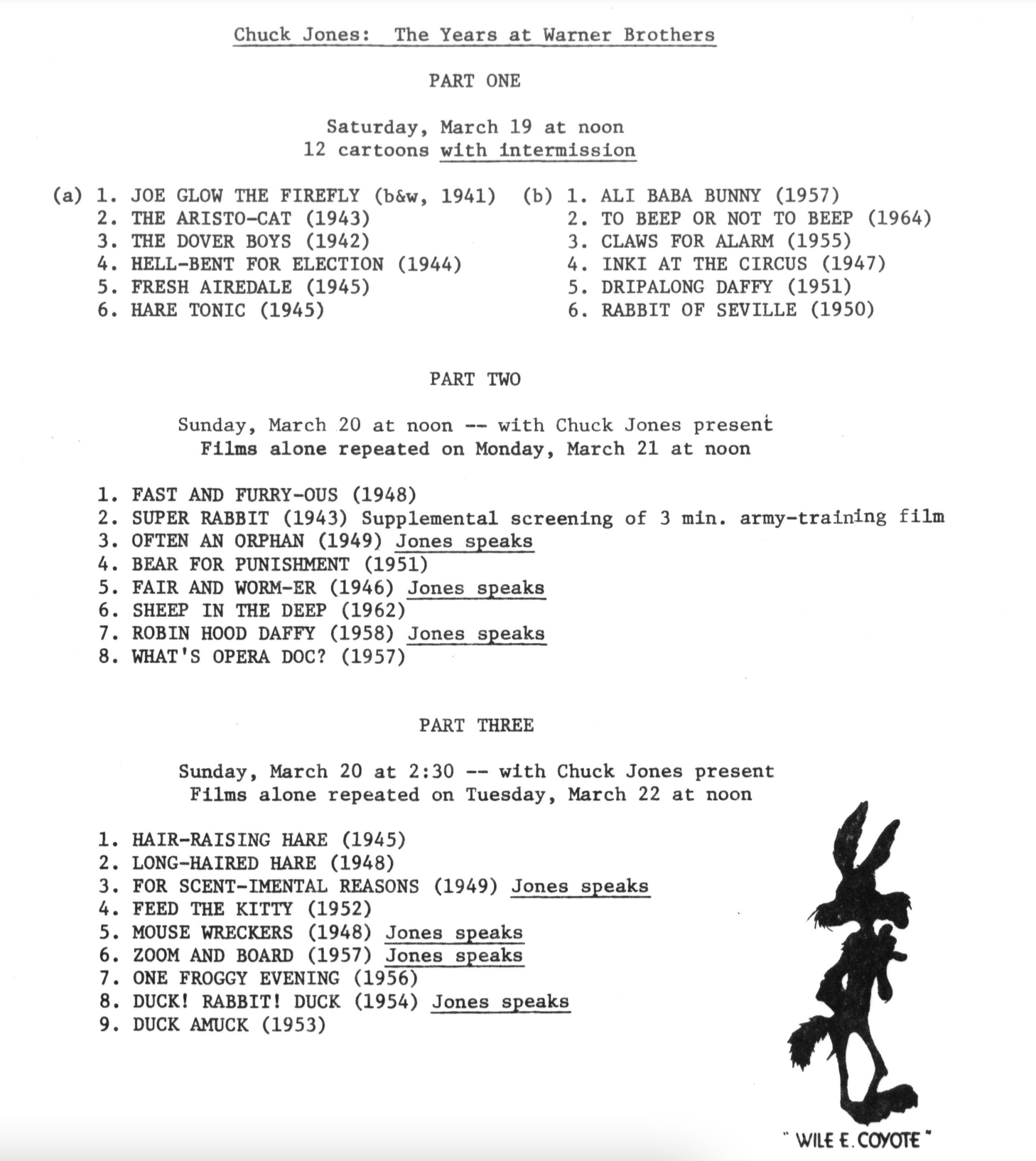
- While 19th century U.S. settlers pursued an aggressive push westward, coyotes’ destiny has manifested in the opposite direction. The Gotham Coyote Project has been tracking the animals in NYC for more than a decade. It is a chance to study a population on the leading edge of its eastern expansion—a rare opportunity in these days of waning wildlife. If you are lucky enough to spot a coyote yourself, you can report it via the Gotham Coyote iNaturalist page.
- A statue in Van Cortlandt Park pays homage to one of the earliest documented coyotes in New York City—a female that fell victim in 1995 to the unceasing onslaught of traffic on the Major Deegan Expressway. Rub her nose for better luck when crossing streets.
- It will, of course, soon be Howl-o-Ween, and the city’s domestic pooches will prowl the runway, dressed intimidatingly as sushi rolls, bumblebees, and trenchant political commentary. The annual Tompkins Square Halloween Dog Parade and Fort Greene’s The Great Pupkin both take place in coming days.
